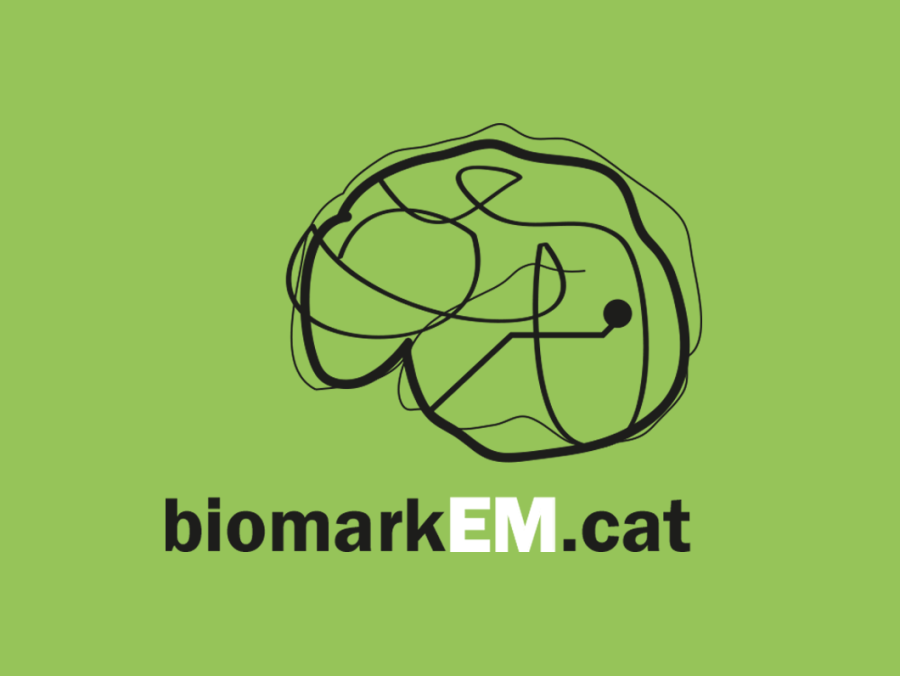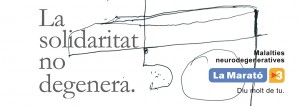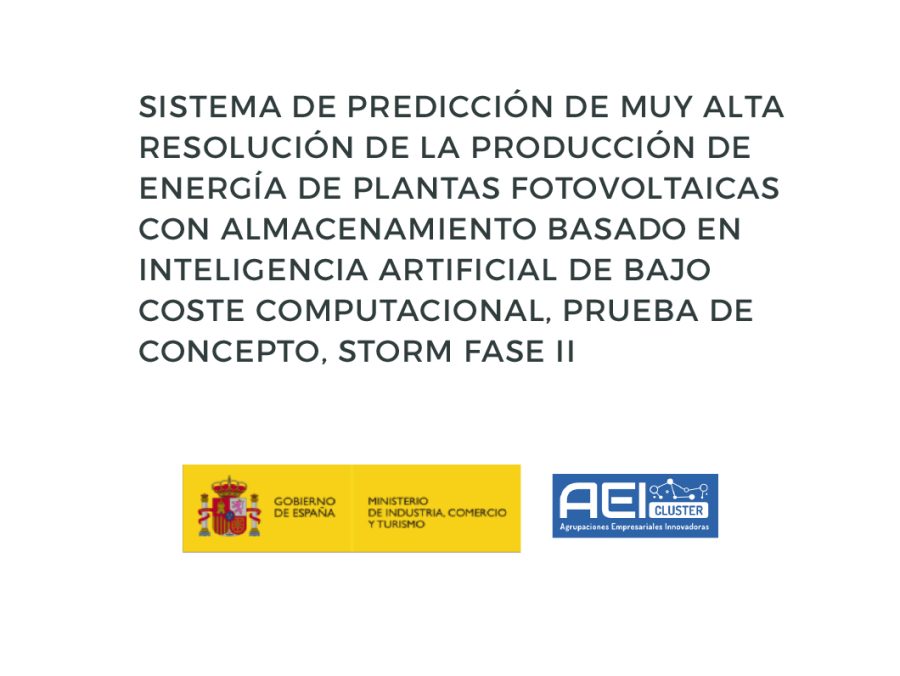Although X-ray mammography is considered the current gold standard technique for early breast cancer detection, this technique suffers from performance limitations due to tissue superposition. Thus alternative imaging techniques such digital breast tomosynthesis (DBT) are currently being investigated. DBT consists on multiple x-ray projection images of the breast obtained over a limited angle. Following reconstruction, DBT provides a series of slices at different depths through the breast which reduces the masking effect of overlying fibroglandular tissue. Therefore, this technology has great potential to increase lesion conspicuity.
However, DBT shows high levels of scattered radiation within the image receptor which can reduce significantly the visibility of breast lesions, therefore the lesion detection performance of computer-aided diagnosis (CAD) systems can be affected. CAD systems are frequently used in BSPs to provide useful information to radiologist regarding breast lesion location and characterisation, thus CAD’s performance is critical to achieve acceptable breast cancer diagnosis rates.
The aim of this project is to develop a novel tool to reduce scattered radiation directly from clinically acquired DBT projections. These scatter-reduced images will be incorporated into a new DBT CAD system to significantly improve the detection of breast lesions. The proposed tool will potentially enable radiologists to detect more accurately breast lesions and therefore reduce the mortality in breast cancer patients. In order to develop a clinically relevant tool, SCARtool counts with the collaboration of several experienced radiologist from the department of breast and gynaecological radiology based at UDIAT Centre Diagnòstic – Institute Universitari Parc Tauli – UAB.
More information: http://cordis.europa.eu/project/rcn/195519_en.html
PARTNERS
UDIAT Centre Diagnòstic – Institute Universitari Parc Tauli – UAB







